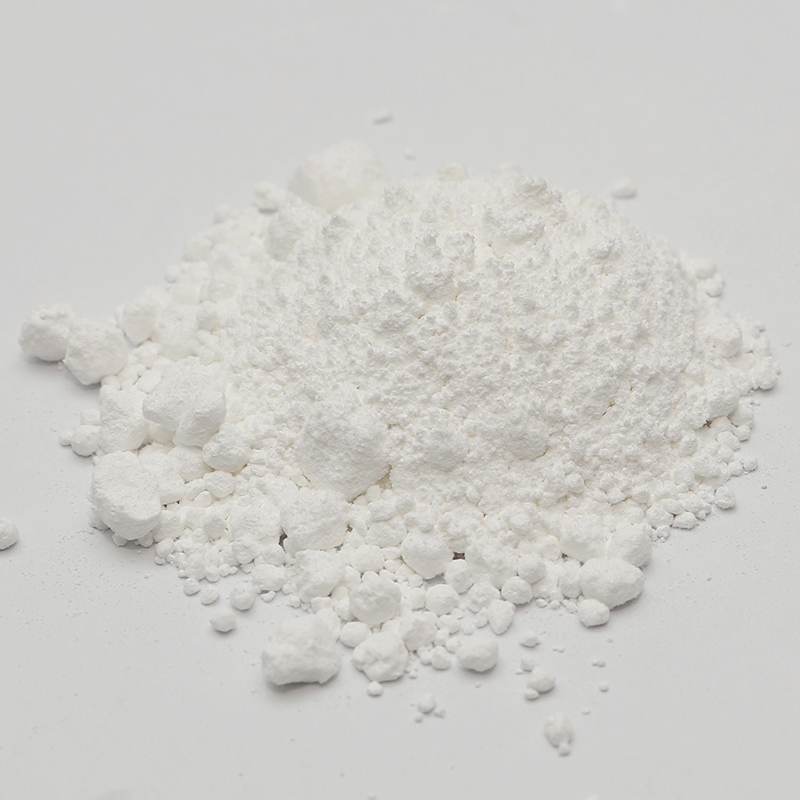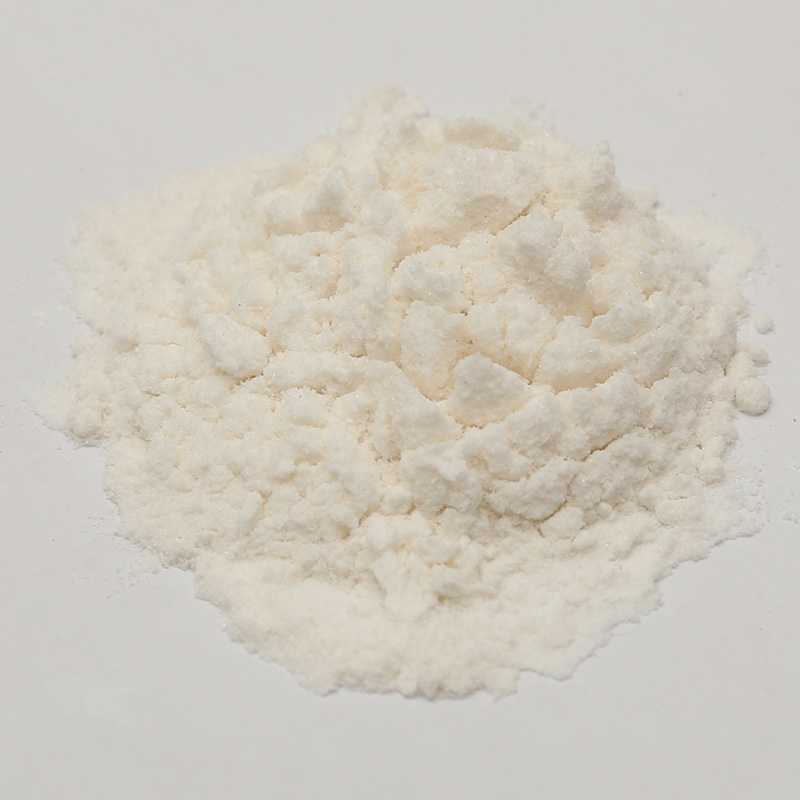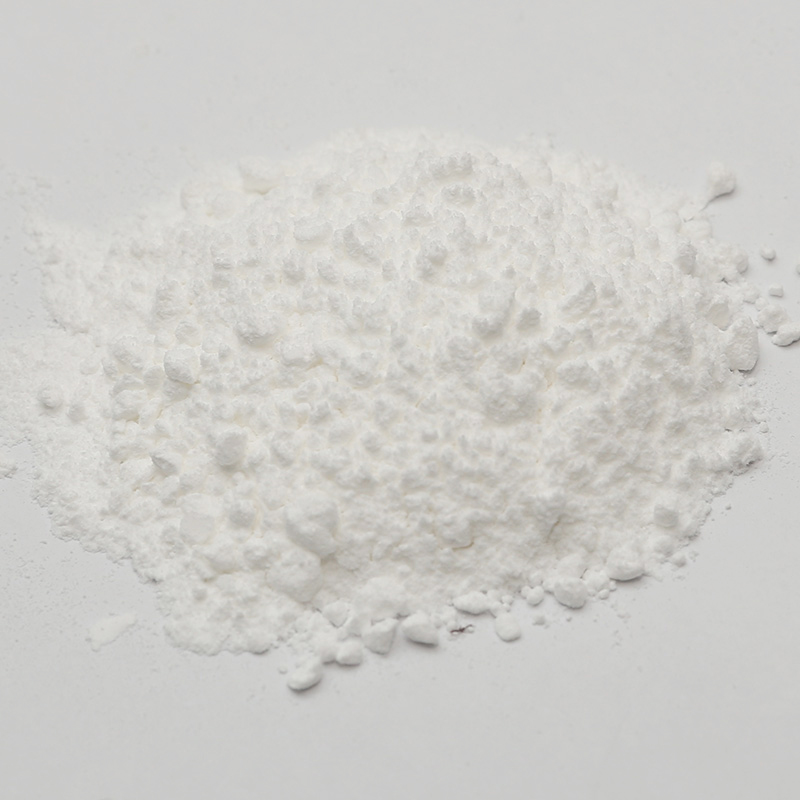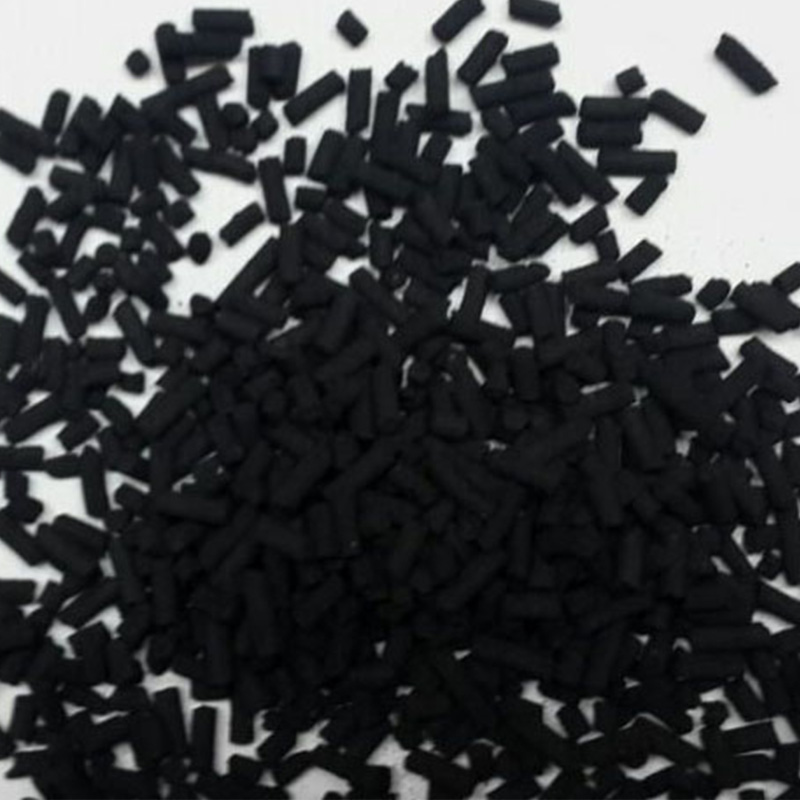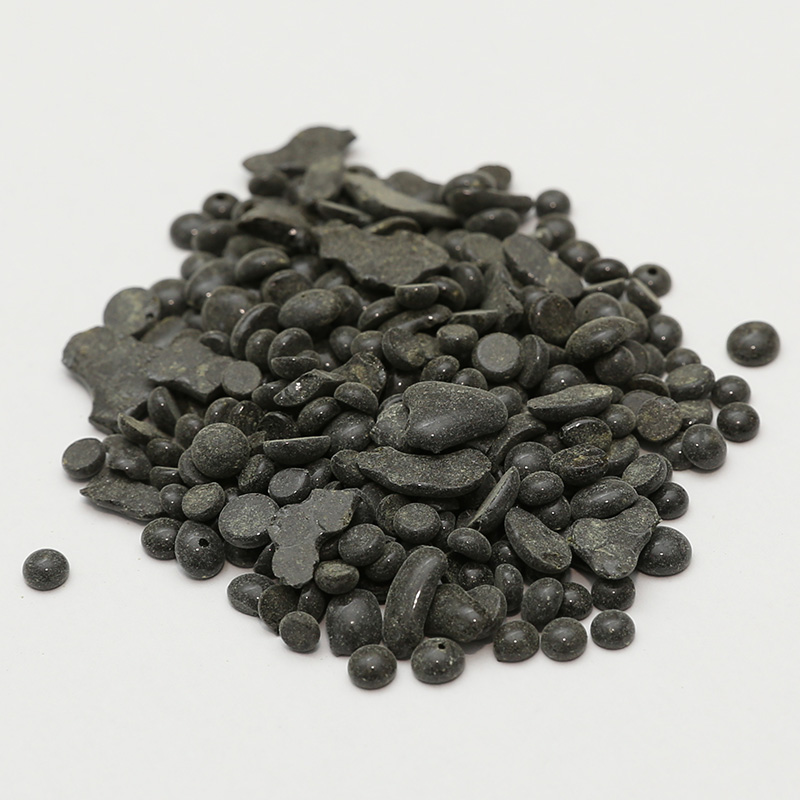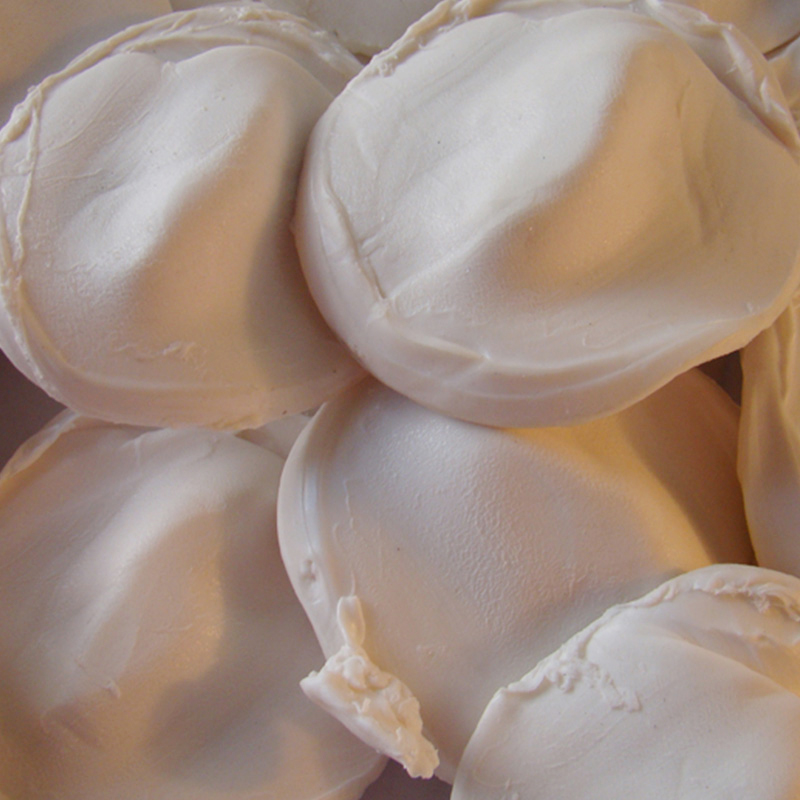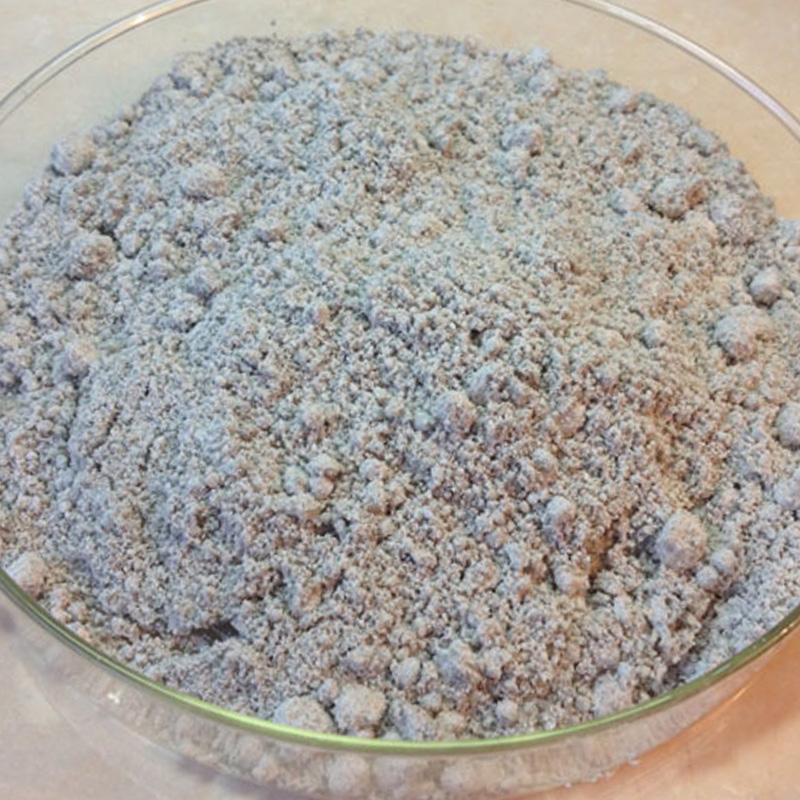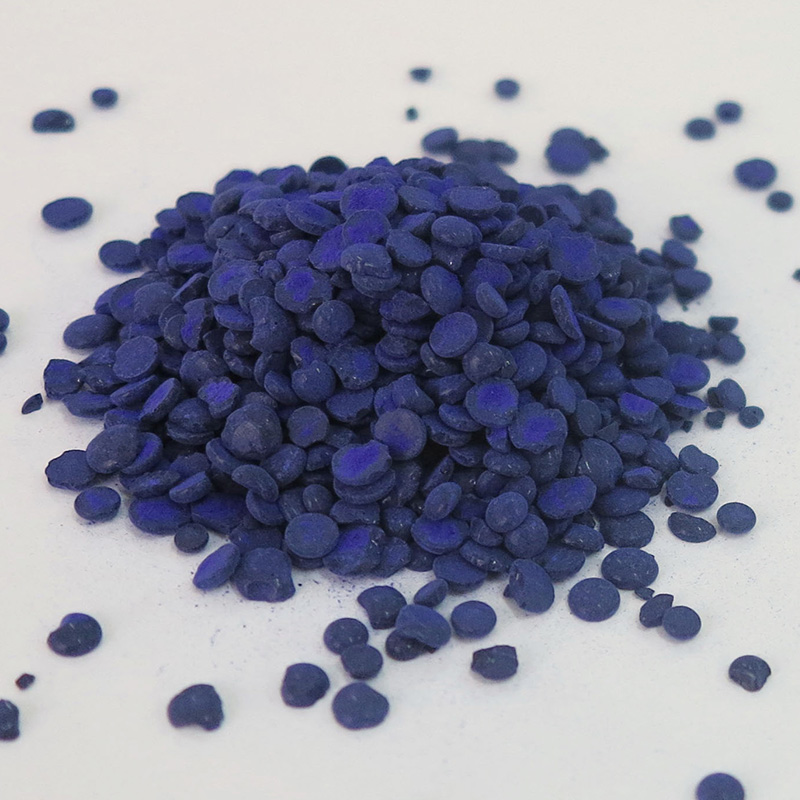Using a Rubber Adhesive Agent can be an efficient way to bond materials like rubber, metal, plastic, and fabric in various industries. Whether applied in automotive, construction, or product assembly, this adhesive provides dependable results when used correctly. However, certain mistakes during its application can affect performance and durability. Understanding these common issues helps users achieve consistent bonding outcomes and avoid unnecessary complications.
One frequent mistake is failing to prepare the surfaces before applying a Rubber Adhesive Agent. Clean, dry, and dust-free surfaces are essential for effective adhesion. When surfaces are left oily, dirty, or damp, the adhesive cannot form a proper bond. Wiping down surfaces with a suitable cleaner and allowing them to dry completely ensures the Rubber Agent adheres securely and performs as intended.
Another issue arises from applying an uneven adhesive layer. Applying too little Rubber Adhesive Agent may result in weak bonding, while using too much can result in excess squeeze-out, which not only wastes material but can also create a messy finish. Applying a consistent, even coat using an appropriate tool—whether a brush, roller, or dispenser—is crucial for achieving strong and clean bonds.
Ignoring the recommended curing or drying times is also a problem that affects bonding quality. Each Rubber Agent has a specific setting time, which allows the adhesive to cure properly and achieve strength. Rushing to move or use bonded materials before the adhesive has fully cured often results in weak connections and possible separation. Following the product’s application and curing guidelines helps maintain reliable adhesion.
Some users make the mistake of using a Rubber Adhesive Agent outside its recommended temperature range. Severe heat or cold can affect how the adhesive spreads, cures, and bonds to materials. It’s important to check the manufacturer’s suggested temperature guidelines for both storage and application. Keeping the work environment within the appropriate range ensures the Rubber Agent maintains its intended properties throughout the process.
Another common oversight involves selecting the wrong type of Rubber Adhesive Agent for the materials or project. Not all adhesive agents are suitable for every application. Using a formulation designed for rubber-to-rubber bonding on metal or fabric might result in poor results. It’s essential to verify compatibility between the adhesive and the materials being joined to achieve a lasting, secure bond.
Applying the Rubber Adhesive Agent too close to the edge of materials is a mistake often seen in manual applications. Excess adhesive can seep out when materials are pressed together, resulting in visible residue and uneven finishes. Leaving a slight margin around the edges helps prevent adhesive overflow while still providing a secure bond.
Another avoidable problem is neglecting to ventilate the work area. While many Rubber Adhesive Agent formulations have improved in terms of safety and odor control, it’s still advisable to use them in well-ventilated spaces. Poor ventilation can result in discomfort or exposure to adhesive fumes, especially during large-scale applications or extended use.
Improper storage of Rubber Agent is another mistake that affects its performance. Storing adhesive containers in direct sunlight, severe temperatures, or damp areas can cause changes in consistency and effectiveness. Keeping containers tightly sealed and stored in a cool, dry place ensures the adhesive maintains its intended quality for future use.
Some operators overlook the importance of using clean tools when applying a Rubber Adhesive Agent. Contaminated brushes, rollers, or dispensers can introduce dust, debris, or old adhesive residues into the new application, compromising bond quality. Regularly cleaning tools before and after use helps preserve the adhesive’s integrity and ensures a consistent application every time.
Skipping a compatibility test is another misstep. Even when a Rubber Adhesive Agent is designed for specific materials, minor differences in surface texture or finish can affect bonding. Testing a small area confirms that the adhesive interacts properly with the materials before proceeding with full-scale application.
Inconsistent pressure during bonding can also impact the effectiveness of a Rubber Adhesive Agent. Applying even, steady pressure while joining materials helps ensure good contact between surfaces and adhesive. Uneven pressure may result in weak spots or air pockets, reducing the bond’s overall strength and appearance.



 English
English Português
Português Español
Español русский
русский 中文简体
中文简体